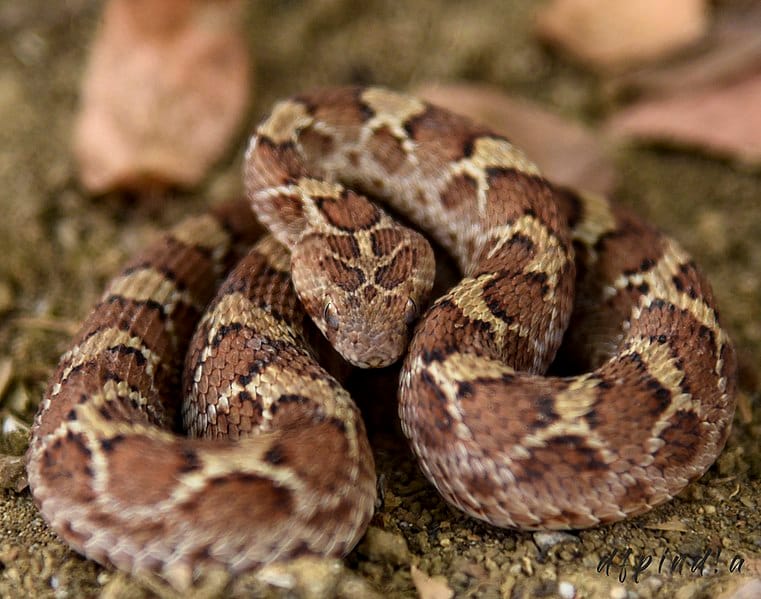How to solve the problem of snakebites
Staff writer Wang Guo takes a look at snake bites and a universal cure for them

Snake bites are one of the most neglected tropical diseases in the world. There is no economic incentive to invest as much in the research of antivenoms to cure snake bites because most of them happen in developing countries, where there is less available funding for research, and people are less able to afford the antivenoms, so pharmaceutical companies have not got economic incentives to produce antivenoms. But this is an issue as 130,000 people die every year due to snake bites. A sustainable way to deal with venoms should exist to guarantee that everyone who is bitten by a snake can survive it.
You may have heard that you need snake venom to make antivenom, but why is that? To make an antivenom requires first extracting the venom from the snake. Only a tiny drop is obtained, as producing venom is very costly for the snake. Therefore, hundreds of extractions are needed to have enough venom to create a viable treatment against snakebitess. The venom collected is then injected into large mammals such as horses or sheep in non-lethal doses for months. The venom triggers the immune system of the animal to form antibodies to neutralise them. Once the concentration of antibodies is high enough, it’s time to extract the animal’s blood. The blood is processed to purify the antibodies and finally, you have your antivenom ready.
A snake must be milked several times to get decent amounts of venom to make antivenom and they take months to produce sufficient antibodies. To obtain a vial of antivenom is usually an expensive and laborious project. A single vial costs over $1500 and the patient usually needs 20-30 vials to recover completely, so the final cost is around $30,000 – 45,000. In addition, most of the patients don’t know which snake species bit them, which forces doctors to inject different types of antivenom for the most common snakes in that area. The high costs of antivenoms dramatically reduce their availability in developing countries. However, these countries have got problems with venomous snakes whereas developed countries do have not that high abundance or diversity of venomous snakes. Australia is the biggest exemption, but to be fair, everything in Australia can potentially kill you.
What potential solutions are there to this problem? Here, I am going to discuss two solutions: one comes from ‘Snake-Man’, and the other is a universal antivenom.
Bill Haast, a.k.a ‘Snake-Man’, has been bitten 173 times by venomous snakes - a world record. He survived all of them because he injected venoms daily, in non-lethal doses from 32 snake species to build his natural immunity against snake venom. Another of his accomplishments is handling more than 3,000,000 venomous snakes during his lifespan, which was not short - he lived to 101 years old! He suspected that his outstanding good health was due to the venom injections and indeed, there is ongoing research into the potential therapeutic applications of snake venom. Bill Haast saved many lives by donating his blood, which was rich in antibodies against snake venom. Could we inject people regularly with snake venom to give them immunity, and allow them to save others from snakebites? There are several advantages to this method compared to injecting horses. First, you solve the distribution mismatch problems by immunising the locals, and not all of them require immunisation as their antibodies can be used to immunise others, so it’s also cost-effective. Second, you will not need to maintain as many large mammals and the method would only need to be applied where there is a shortage of antivenom. Third, as the antibodies are extracted from humans and not from large mammals such as horses, we reduce the risk that the receptor suffers an adverse immunological reaction to the antibodies. However, the biggest problem would be convincing the someone to volunteer for daily venom injections, as this is a painful process. It will also take time, but as it targeted and proven method, it could be implemented successfully in hotspots of snakebite within 4 years.
All venomous snakes, from the cobra to the viper, have a common ancestor: the first venomous snake on Earth, which then evolved into the venomous snake species we see today. The venom from this original snake contains proteins that are present in all other snake species, as their venoms derived from this original venom. Therefore, if we track which proteins of the venom are universal, we could develop an antivenom that could work effectively against all venomous snakes worldwide, or at least ameliorate the damaging effects of different poisons. But right now, we don’t know which proteins are universal, and there is another theory which suggests snake venom could have evolved independently in a number of different species, which would mean they may not all share the same proteins. Snake venom is one of the most complex organic substances with hundreds and hundreds of proteins that sometimes are very similar to each other. There is still much more work to be done in this field.
Snakes are beautiful creatures, but dangerous, especially if they have venom that could potentially kill. Dozens of thousands of people die each year in developing countries because there is not enough antivenom for everyone. ‘Snake-Man’ is a marvellous example of how someone can enhance your immune system system to protect against antivenoms, and there remains the possibility of developing a universal antivenom.








